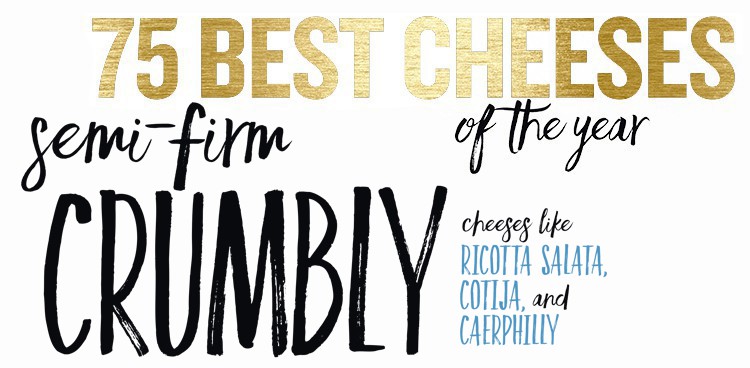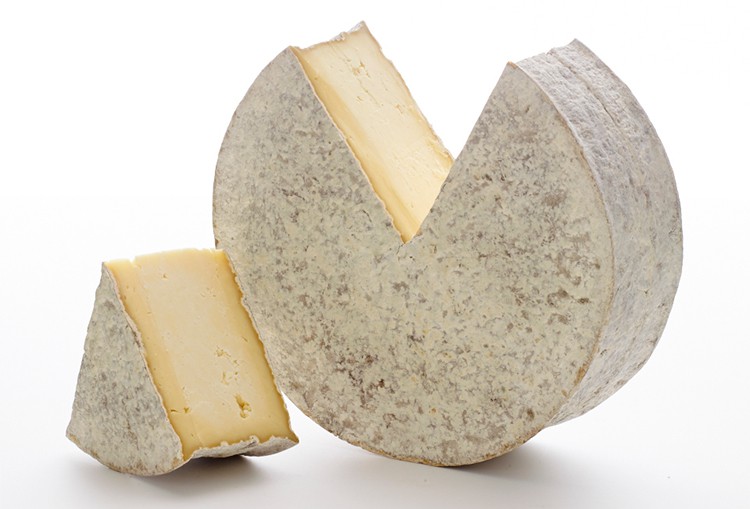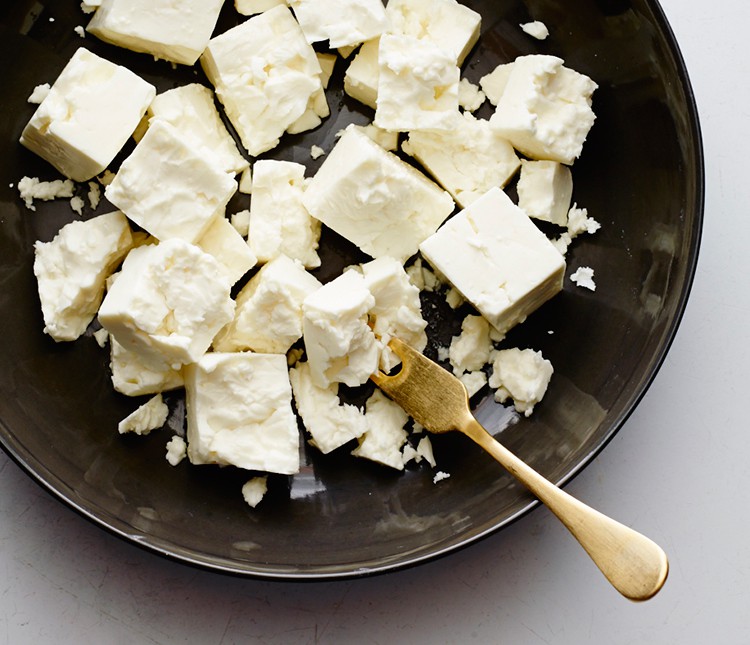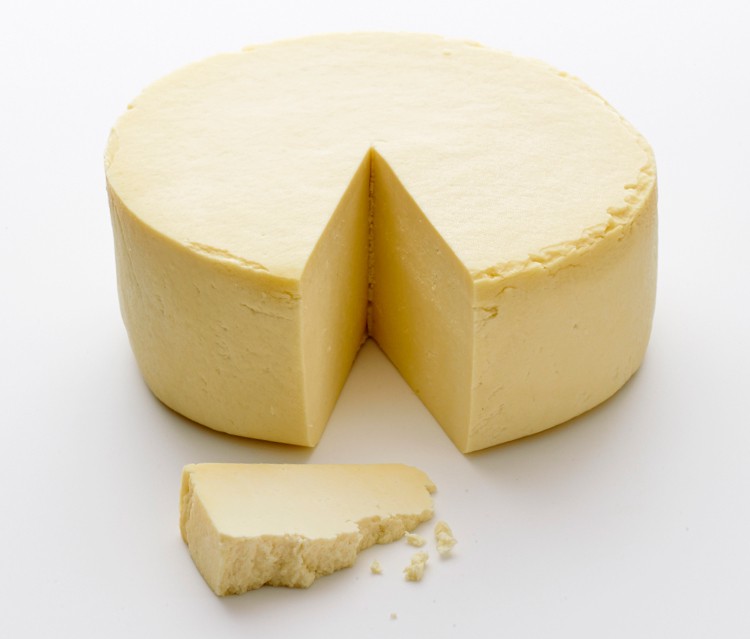
Ladies and gentlemen, get your graters and planes ready: It’s our Best Cheeses guide! In preparation for our upcoming 2016 Best Cheeses issue (on newsstands October 31!), we’ll be breaking down our expertly curated list of 75 oh-so-good wheels and wedges—the stuff of cheese dreams, really.
What’s our process? First we reviewed top finishers from some of the world’s most prestigious contests (held between September 2014 and August 2015): American Cheese Society Judging & Competition, the World Cheese Awards, the United States Championship Cheese Contest, the International Cheese Awards, the Canadian Cheese Grand Prix, the British Cheese Awards, the New Zealand Champions of Cheese Awards, and the Australian Grand Dairy Awards. Then we considered factors like style, flavor, provenance, appearance, and milk type to narrow the field and arrive at the year’s Best Cheeses, arranged by texture.
We’ve already covered soft, gooey cheeses (like Époisses and Vacherin Mont d’Or), semi-soft, fudgy cheeses (most blues and block cheddars), semi-soft, spreadable cheeses (fresh chèvre, Camembert, and cream cheese), and Caerphilly), firm, toothsome cheeses (such as Comté, Gruyère, and aged block cheddars), and hard, flaky cheeses (e.g. gouda and clothbound cheddar).
Next up in our guide is Semi-Firm, Crumbly Cheeses.. This is cheese that is moist but dense and firm. Crumbly cheeses will break into pieces when squeezed but will never become soft at room temperature. A crumbly cheese will weep as it warms but maintain its crumbly texture. It may have a bit of spring to it, and can bounce back when pressed, but enough pressure will cause it to break along natural fault lines. A crumbly cheese will never be soft enough to spread. Examples include ricotta salata, cotija, and Caerphilly.

Gorwydd Caerphilly
Gorwydd Caerphilly
- Trethowan’s Dairy Ltd.
- Weston-super-Mare, England
- cow’s milk
When you’ve been making acclaimed cheese in the same leafy West Wales valley for 18 years, the decision to relocate is not an easy one. As such, brothers Todd and Maugan Trethowan searched for a year and a half to find a new, high-quality milk source for their raw-milk Caerphilly, Gorwydd (pronounced: gor-with). They settled on Puxton Court Farm in north Somerset. Moving off their parents’ farm has allowed the brothers to revel in the possibilities born by building a modern dairy. In particular, much excitement has surrounded what Todd describes as “the holy grail”—a gravity feed ensuring the gentlest possible delivery of unpasteurized Holstein Friesian and Jersey milk from parlor to dairy. (Previously, the milk was delivered by tanker.)
One year in, a Super Gold at the World Cheese Awards and a Gold at the British Cheese Awards validate the successful relocation. Lightly pressed to retain moisture with a natural brown rind that develops after two months of aging, Gorwydd is one of only a handful of Caerphilly cheeses still produced in the traditional way. For Todd, the new batch is the best cheese they’ve ever made, still characteristically Gorwydd but with a “brighter flavor.”
FLAVORS: Mushrooms, lemon sponge cake, earth
PERFECT PAIRING: Try Gorwydd with slices of aromatic, medium-acid apple or pear. The cheese, like many Brits, finds happiness in hoppy ales or citrusy IPAs.
Organic Feta
- Barred Owl Creamery
- Whitefield, Maine
- goat’s and sheep’s milk
A decade after she started making feta, Barred Owl Creamery owner and cheesemaker Patti Hamilton placed first for her efforts at the 2015 American Cheese Society Judging & Competition. Hamilton attributes the nod to the welfare of her pastured, hand-milked animals and to the care she puts into each batch of cheese, made on the stove at her farm in midcoast Maine.
Cheese production is limited at Barred Owl Creamery by the size of the staff (one) and the size of the herd (six). Indeed, three goats and three sheep provide all the milk for the 200 pounds of cheese—including flavored chèvres and a blue—Hamilton produces annually. Her feta starts out mild and milky, building to a briny blast before finishing with a full, lemon- pepper bite.
FLAVORS: Lemon, pepper, brine
PERFECT PAIRING: Layer Barred Owl feta on toasted pita and sprinkle with za’atar

Barred Owl Organic Feta
Red Fox
- Belton Cheese
- Whitchurch, England
- cow’s milk
Described by Belton Cheese’s Phil Jones as a “modern British Territorial,” Red Fox is based on a Red Leicester recipe. “It’s colored with annatto, as is traditional,” he says, “but it’s aged 18 to 21 months, whereas Red Leicester would usually only receive three to six months of aging.”
This extra stint in the cheese cave lends Red Fox a distinctive sweetness combined with savory aspects and a delightful, “cunning” crunch, Jones says. The crunch is created by calcium lactate crystals that form in the cheese; an addictive quality more typical of vintage cheddars. This year, judges awarded Red Fox golds at the British Cheese Awards and International Cheese Awards.
Belton turns out 7,500 tons of cheese annually, and since 2002 it has run an organic farm to grow wheat and beans to feed the animals of their milk suppliers. Overseeing the operation is Belton Farm’s old fox weathervane—the inspiration behind Red Fox’s name and label
FLAVORS: Sweet cream, nuts
PERFECT PAIRING: Red Fox is a hit with chocolate-covered oat biscuits and rioja.
Ricotta Salata
- Swallowtail Farm and Creamery
- Whitefield, Maine
- cow’s milk
Between owners and makers Sean and Lauren Pignatello and their seven children, Swallowtail Farm and Creamery is truly a family affair. All the hard work has paid off—their salty, buttery Ricotta Salata aced its category at the 2015 American Cheese Society Judging & Competition. The Pignatellos first began making the award-winning cheese for simplicity’s sake, as firm wheels are easier to transport to market than soft, fresh spreads. The method stuck, and now Swallowtail regularly produces Ricotta Salata, supplying wedges to top local restaurants such as Primo in Rockland, Maine.
It all starts with Jersey-milk ricotta, which is pressed to create four-to-seven-pound wheels (the size depends on a few factors, namely the season and milk supply). The Pignatellos then dry-salt the curds and age them a day or two before they’re ready to crumble over salad, avocado toast, pasta, or whatever your turophile heart desires.
FLAVORS: Grass, milk, salt
PERFECT PAIRING: Fruity, oaky flavors of Maine’s Urban Farm Fermentory Baby Jimmy hard cider play well with this down-to-earth cheese.

Swallowtail Ricotta Salata
Wensleydale
- Barber’s Farmhouse Cheesemakers
- Shepton Mallet, England
- cow’s milk
Renowned for cheddar since 1833, the Barber family is also gaining a reputation for its Wensleydale. The Somerset-based producer’s version of this iconic British cheese—introduced to the county of Yorkshire by French monks in the 12th century—snagged gold at the British Cheese Awards.
Not that Wensleydale production is new to Barber’s, which has been making the pale-white classic on Maryland Farm for about half a century. However, according to sixth-generation cheesemaker Anthony Barber, the creamery’s traditional production methods have yielded to a more high-tech process.
“Our milk separator allows us to analyze the milk while it is in the silo,” he explains. “This helps us to strip out the cream and arrive at a desired fat content, and from there, desired moisture content.” (Monitoring moisture is important during production of Wensleydale, which is wetter than cheddar.)
In addition to the original, Barber’s also creates an apricot-studded version as well as its holiday mainstay, Wensleydale with cranberries.
FLAVORS: Cream, lemon, honey
PERFECT PAIRING: Go full English and savor Wensleydale with fruitcake and a cup of breakfast tea. Cheerio!




